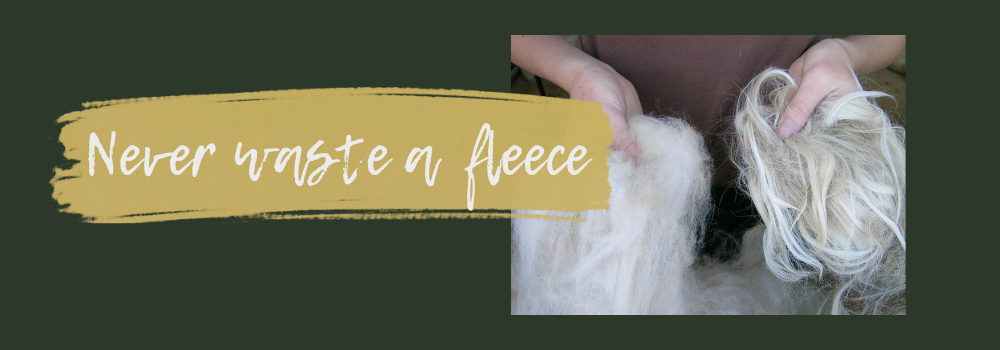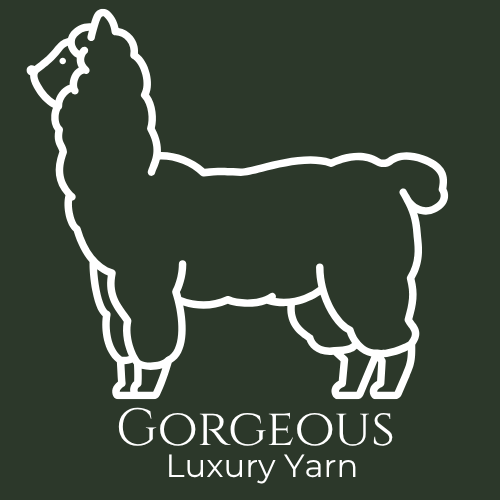
Alpaca Fleece: 8 Surprising & Sustainable Uses
Share
Ever wondered what happens to an alpaca’s fleece after shearing? If you own alpacas (or have a neighbour who does), you might be sitting on a goldmine of natural fibre, perfect for everything from cosy blankets to beautiful handmade clothing.. From luxurious yarn to cosy duvets, alpaca fleece is one of the most versatile natural fibres on earth.
Why Alpaca Fleece is special
Before we look at the Uses, let's just look at why alpaca fleece is worth doing something with:
🐑Softer than sheep’s wool and warmer - it’s like knitting with a ⛅cloud!
💦 Naturally water-repellent - alpaca hats and jackets are perfect for the outdoors type.
🌿 Hypoallergenic - ideal for those with sensitive skin.
🍃Durable, sustainable, and biodegradable.
What is the Fleece
A quick explanation first. Alpaca fleece are not all equal:
🦙 The “blanket” is the softest, most desirable part of the fleece — taken from the alpaca’s back and sides. come from the neck and legs, and while they’re a little coarser, they’re still full of uses.

Fleece Blanket
- The best quality part comes from the main body, and is called the Blanket.
- Quality varies depending on the alpaca’s breed and diet.
- It may be suitable for processing to yarn.
- If it is not high quality, just treat it as Seconds...
How the Quality Fleece Blanket can be Used
| 1. |  |
Wholesalers collect, grade, and pay for fleeces from many small farms. The top grade fleece will be used for wool, and textiles, and lower grade for carpets, duvets and mattresses. |
| 2. |  |
Spinners are always looking for good quality fleeces. You might get a few £££?$$$ for it, but it won't cover the feed or vet's bills. Contact your local spinning guild. You can find a list at the Association of Guilds, Weavers, Spinners and Dyers. Learn to spin it yourself! You will need to learn the whole process, from skirting, carding, and spinning. If you want to learn to spin, there is nowhere better in the UK than Theresa at The Spinning Barn in Norfolk. Carders and spinning wheels can be expensive, but many local Guilds share equipment or can point you in the direction of a second-hand unit: |
| 3. |  |
Professional Processing: There are a few specialist alpaca processing mills. We always recommend (and use ourselves) the fabulous team at The Border Mill in Duns in the Borders of England and Scotland. WARNING: It's expensive if you only have two or three fleeces, and you will need to book ahead. You will also need to prepare your fleece according to the mill instructions. |
Uses for Alpaca Fleece once processed
If you love crafting, alpaca yarn is a dream to work with — soft, strong, and beautiful to wear.
Fleece Seconds
- The lower quality short fibre length comes from the neck and legs.
Uses for Fleece Seconds
While not as silky as the blanket, seconds are still incredibly useful — and repurposing them means nothing goes to waste.
 |
Garden frost protection – Use fleece sheets over veg beds in early spring to shield from frost. Soil warming and mulch for early veg planting. There are various ways of doing this. One way is to fill your pot or bed with compost, plant up, and water well. Then build a layer of approximately 2.5cm (1 inch) alpaca fleece. Water through the fleece (it will just wick away and into the soil) below. |
|
|
Bird nesting material – Pop a mesh bag of fleece in your garden and watch the birds collect it for cosy nests. |
 |
Cushion and pet bed stuffing – Keeps its shape, breathable, and naturally hypoallergenic. |
 |
Slug and snail repellent around your vegetables. Because it is water-repellent and wicks away moisture, slugs and snails don't want to cross it. |




